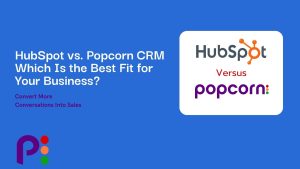Have a look at this recent article that Simon Washbrook, founder of popcorn, was quoted in talking about why email is and will continue being the backbone of business communication: ‘Anyone with a registered account at an online gambling operator will no doubt have become accustomed to regular emails filling their inboxes from the company in question. From the promotion of new products, special offers, and informing customers of the latest odds for the weekend’s impending fixtures, email has long been an effective means of direct marketing for the gaming industry to reach consumers on a relatively cost-efficient basis’ . Read more below:
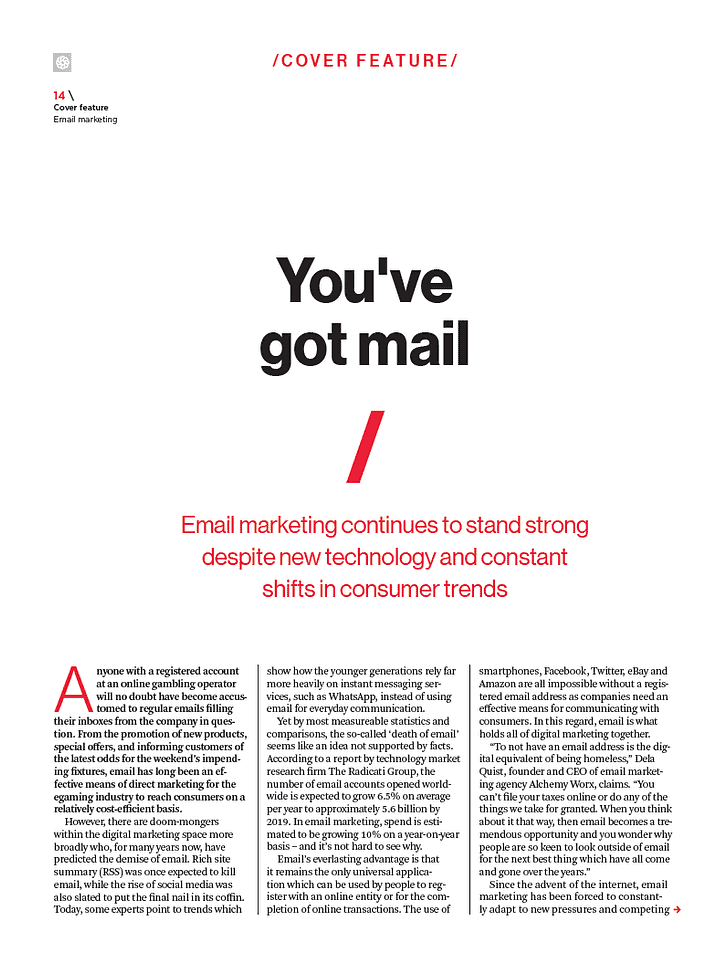
Anyone with a registered account at an online gambling operator will no doubt have become accustomed to regular emails filling their inboxes from the company in question. From the promotion of new products, special offers, and informing customers of the latest odds for the weekend’s impending fixtures, email has long been an effective means of direct marketing for the egaming industry to reach consumers on a relatively cost-efficient basis.

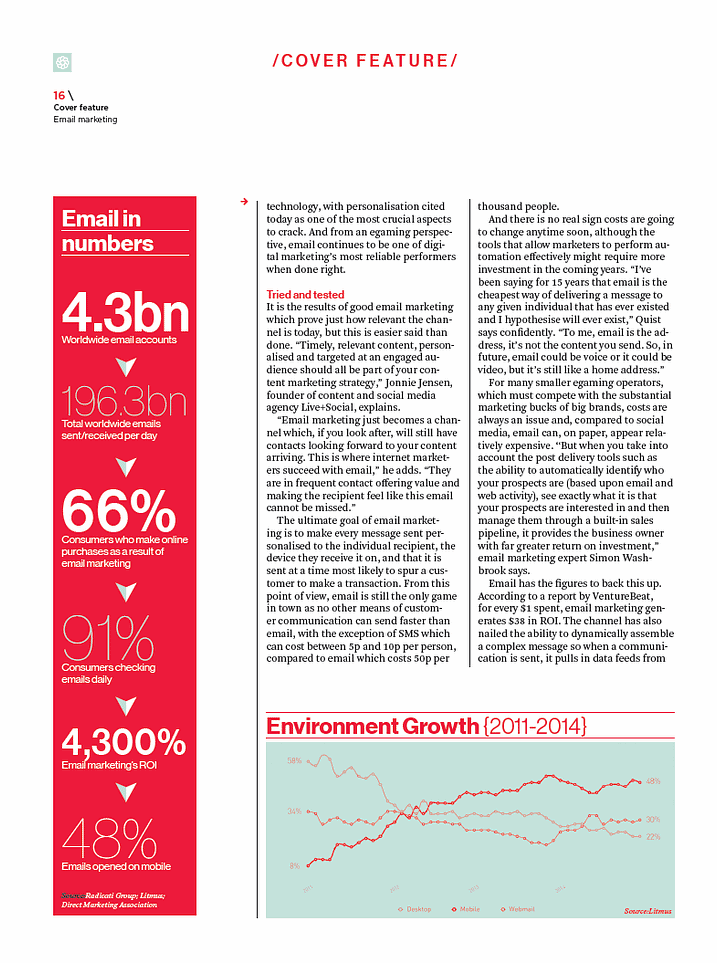
Tried and tested
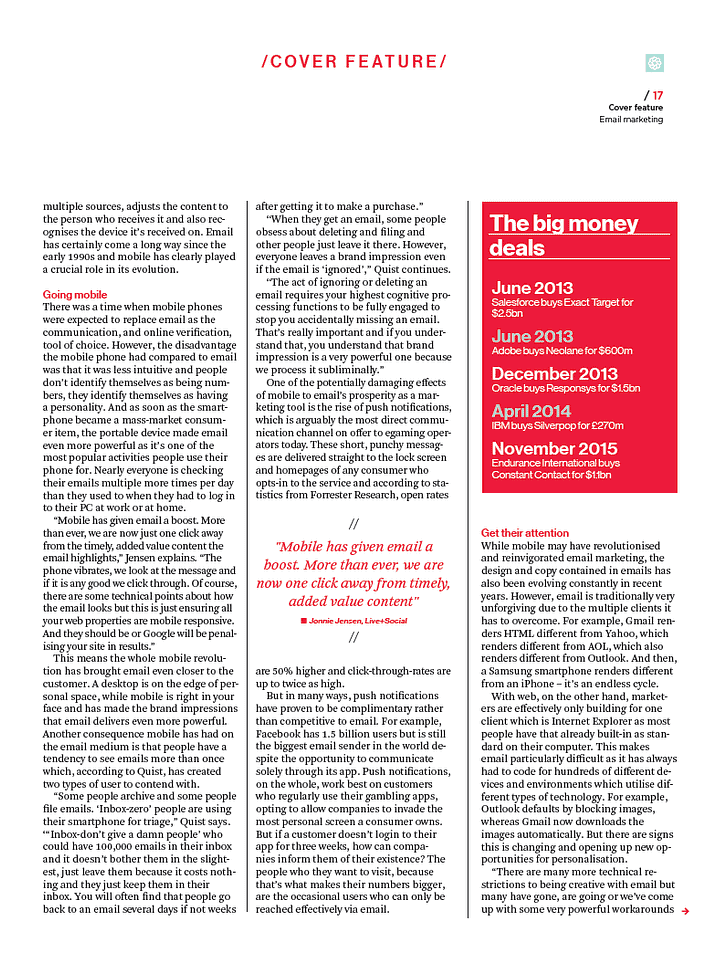
Going mobile
Get their attention
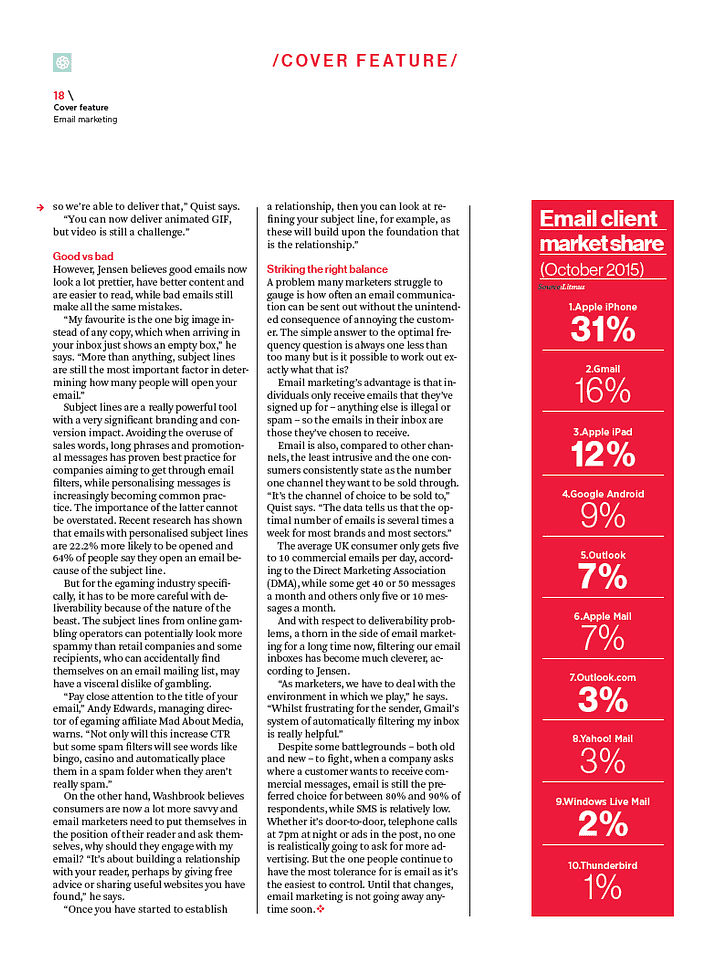
Good vs bad

Striking the right balance
A problem many marketers struggle to gauge is how often an email communication can be sent out without the unintended consequence of annoying the customer. The simple answer to the optimal frequency question is always one less than too many but is it possible to work out exactly what that is?
popcorn is a smart, easy-to-use and efficient platform that not only helps you compose beautiful emails and newsletters but also helps you manage your sales funnels and leads. If you would like to test popcorn and see if it could help improve your email marketing game, you can sign-up for the free trial here.
Enjoyed this article? Comment below or read through our blog for more sales and marketing insights.










